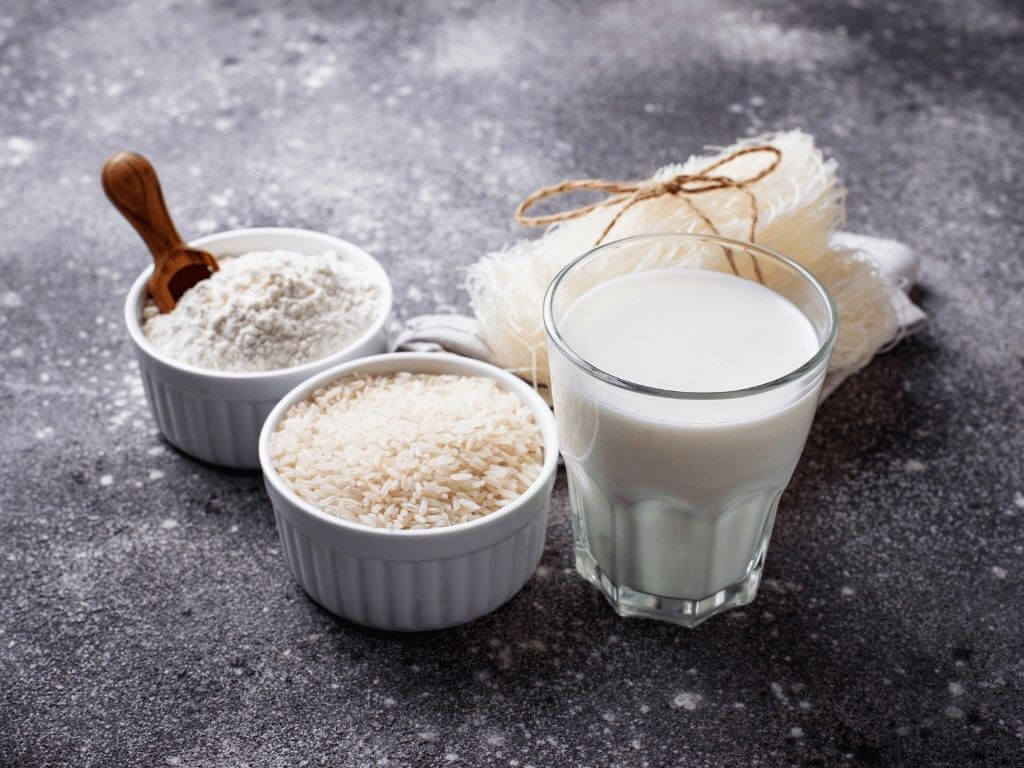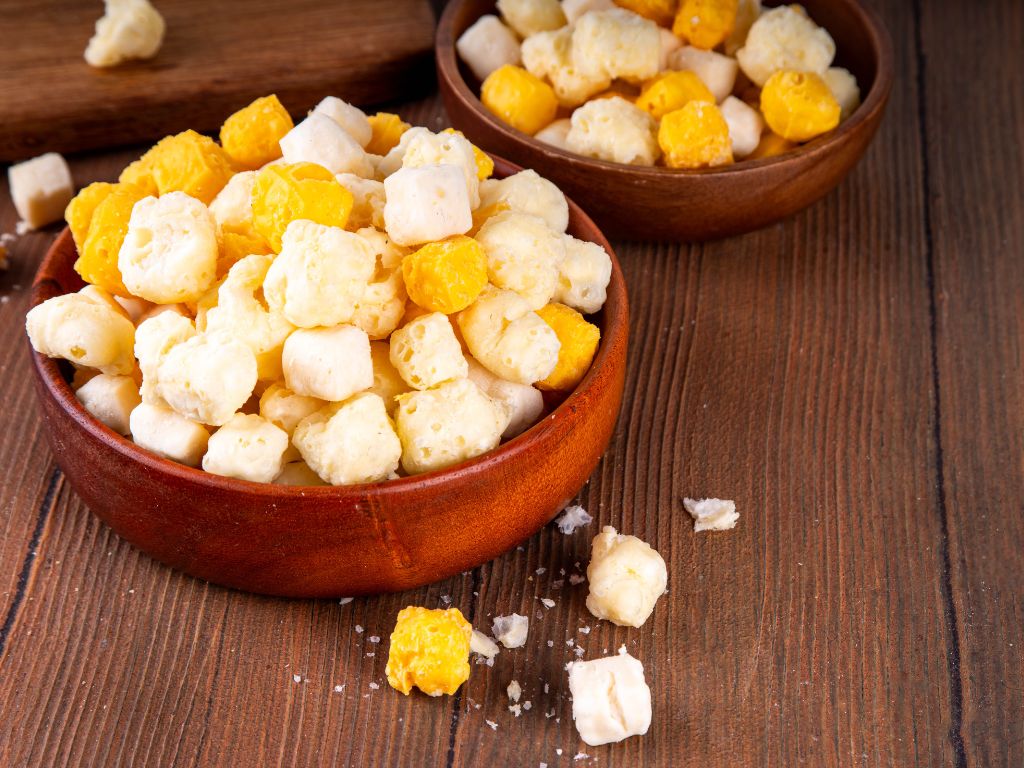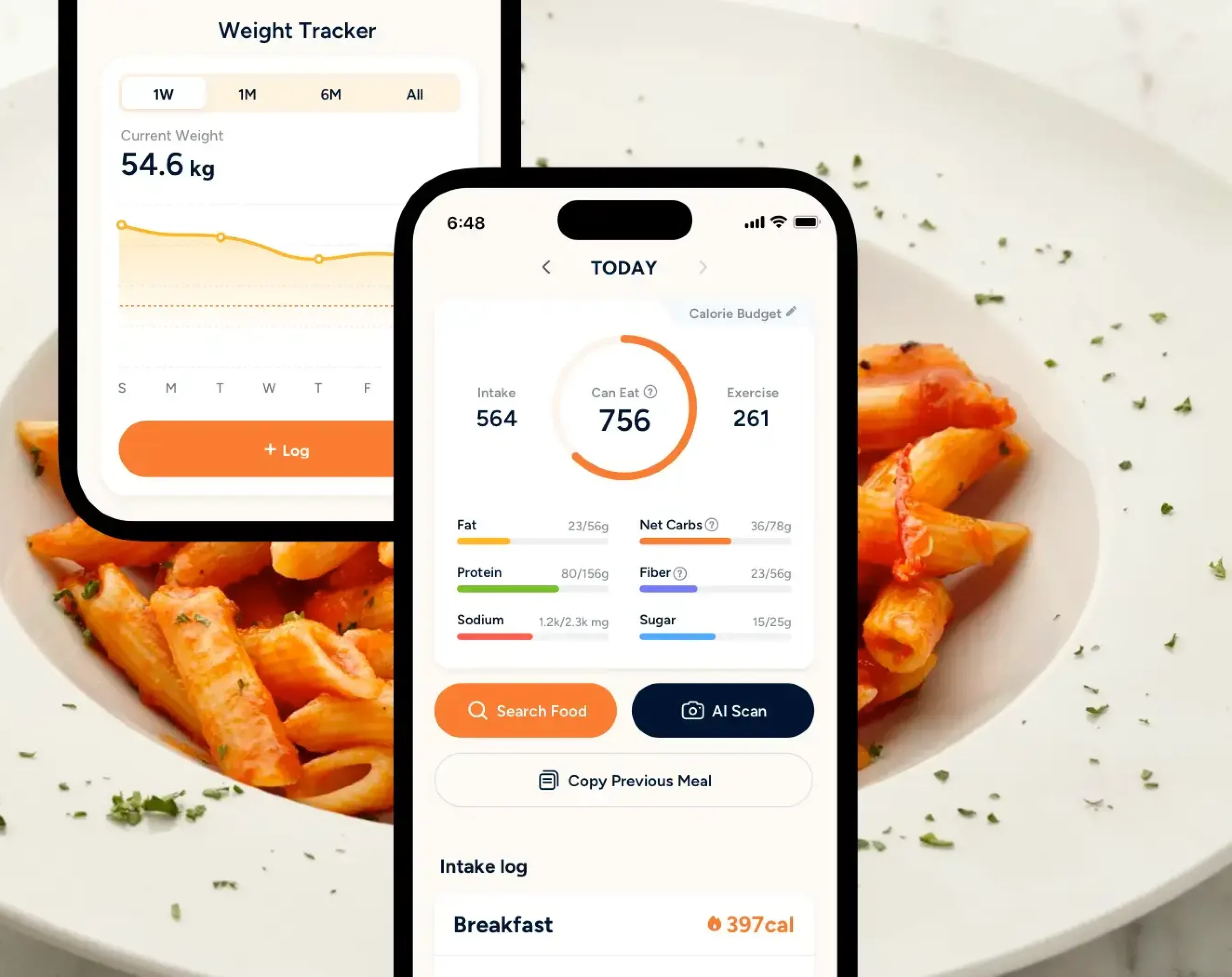With Earth’s history stretching back millions of years, it’s only natural for us to wonder what life was like in ancient times and how our ancestors survived. Over time, scientists and anthropologists have pieced the puzzle together to reconstruct how our hunter-gatherer ancestors ate. In this article, we’ll briefly explore what the paleo diet is, the health benefits and risks of paleo, along with a sample paleo diet 7-day meal plan, designed for beginners.
Key Takeaways
- It focuses on whole, unprocessed foods like fruits, vegetables, lean meats, seafood, nuts, seeds, and eggs.
- The diet may help with blood sugar control, weight loss, and reducing cardiovascular risk factors such as lipid levels, blood pressure, and inflammation.
- Research shows benefits like improved insulin sensitivity, decreased waist circumference, and better glycemic control, especially in people with type 2 diabetes or obesity.
- Excluding grains, legumes, and dairy can lead to inadequate intake of fiber, calcium, magnesium, and B vitamins, potentially affecting bone health and digestive function.
- A sudden increase in fiber from fruits, vegetables, and nuts can cause diarrhea or constipation.
What is a Paleo Diet?
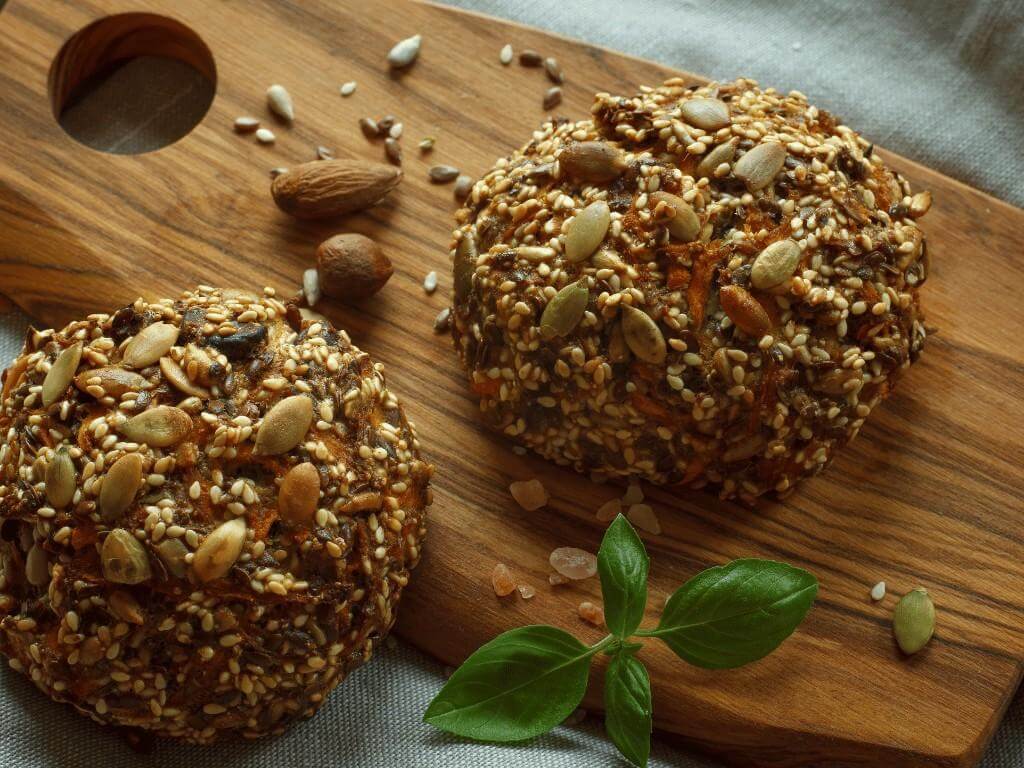
Paleo diet, also known as the paleolithic diet, is an eating plan derived from presumptions of what our hunter-gatherer ancestors used to eat during the Stone Age era. It may also be referred to by some as the Stone Age diet, caveman diet, or hunter-gatherer diet [1].
The diet consists of consuming mainly whole, unprocessed foods such as fruits and vegetables, lean meats, nuts and seeds, seafood, and eggs. Anything outside of this should be excluded from your diet. Examples include grains, legumes, dairy products, highly processed foods, and added sugars.
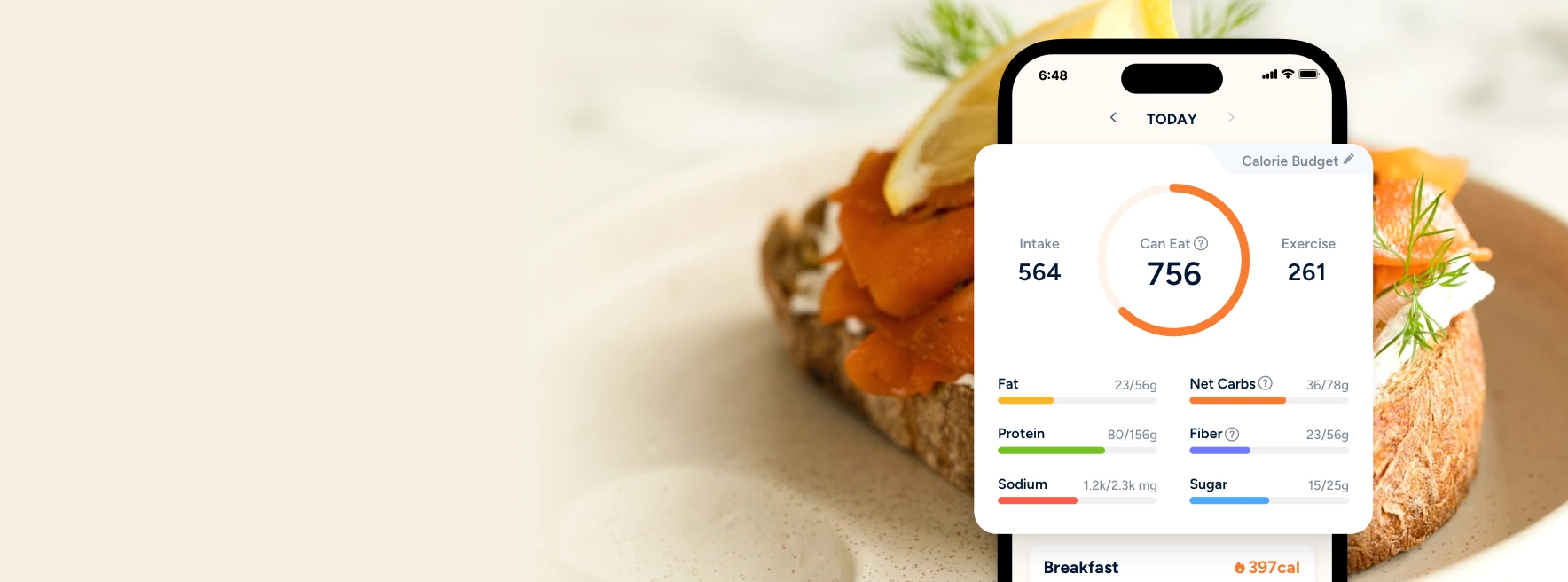
Smarter Nutrition Tracking
Track calories and over 100 other nutrients all in one place.
Download Eato For FreePaleo Diet 7-Day Meal Plan (PDF Available)
Here’s a simple, 7-day paleo diet meal plan to give you an idea of what you can eat throughout the week. Feel free to download the full PDF version for easy reference, and if you need to take notes for grocery planning.
Day 1
- Breakfast: Banana avocado smoothie with almond milk
- Lunch: Tuna salad with kale and pumpkin seeds
- Dinner: Paleo stuffed roast chicken
Day 2
- Breakfast: Scrambled eggs with smoked salmon
- Lunch: Chicken lettuce wraps
- Dinner: Greek meatballs with roasted cauliflower
Day 3
- Breakfast: Mushroom spinach omelette
- Lunch: Grilled shrimp salad with lemon vinaigrette
- Dinner: Turkey meatball noodles
Day 4
- Breakfast: Bacon and eggs skillet
- Lunch: Chicken Waldorf salad
- Dinner: Grilled steak with sweet potato fries and broccoli
Day 5
- Breakfast: Coconut almond chia seed pudding
- Lunch: Tuna-stuffed avocados
- Dinner: Baked salmon with cauliflower mash
Day 6
- Breakfast: Roasted sweet potatoes with eggs
- Lunch: Sheet pan chicken and brussels sprouts
- Dinner: Paleo beef stir-fry with veggies
Day 7
- Breakfast: Yogurt parfait made with coconut milk
- Lunch: Shrimp and avocado salad
- Dinner: Roasted lamb chops with a cucumber mint salad
Health Benefits of Paleo
As the diet focuses on nutrient-dense foods and cuts out processed foods and sugar, you may experience a variety of health benefits, including stable blood sugar control and better weight management.
Here’s a look at some of the key benefits of going on a paleo diet:
a) Helps to manage blood sugar levels

Common foods that can cause blood sugar spikes are those high in refined carbohydrates and sugar. This includes staples like rice, bread, and pasta, sugary drinks, and ultra-processed foods.
According to a 2017 study that involved 32 people with type 2 diabetes, it was found that following the paleo diet for 12 weeks led to a reduction in blood sugar levels. Participants who were on the diet also experienced decreased insulin secretion and improved insulin sensitivity [2].
Notably, food that we eat on a day-to-day basis, like rice, bread, and pasta, is also included in the list of foods that can cause blood sugar spikes due to their high levels of refined carbohydrates, amongst other sugary foods like drinks and ultra-processed foods.
b) Encourages weight loss
The paleo diet is also said to help individuals lose weight effectively by consuming foods that are natural and minimally processed. It’s a diet that is high in protein, low in carbohydrates, sodium, and refined sugars.
Remarkably, some randomized controlled trials have shown that the Paleo diet led to increased weight loss, reduced waist circumference, improved triglyceride levels, lowered blood pressure, and improved insulin sensitivity in the short term [3], noted the Harvard Nutrition Source.
Additionally, when observing obese, post-menopausal Swedish women, the paleo diet led to greater fat loss and decreased waist circumference compared to a Nordic Nutrition Recommendations (NNR) diet in six months.

Weight Loss Has Never Been Easier
Get accurate nutrition info instantly. Keep track of your progress.
Download Eato For Freec) May reduce the risk of heart disease
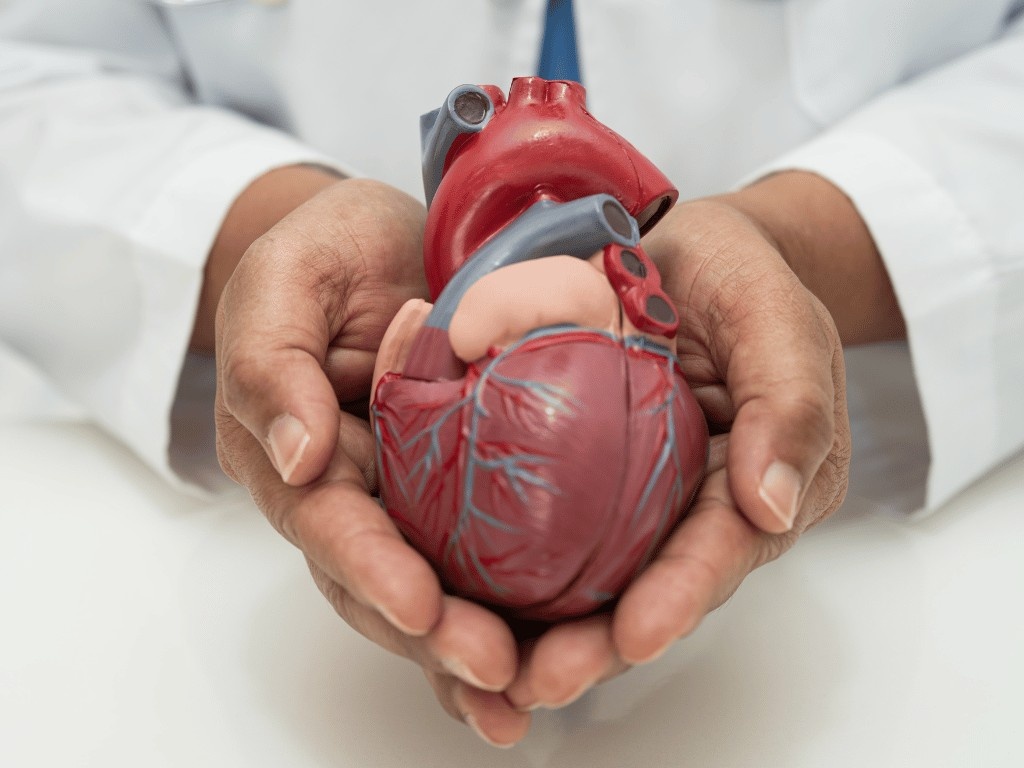
Improvements in cardiovascular disease risk factors, including lipid profiles, blood pressure, and inflammatory markers [4] were also observed after starting the paleo diet, and over a 3 month period, researchers concluded that the diet improved overall glycemic levels and several cardiovascular risk factors in patients with type 2 diabetes [5].
Drawbacks of the Paleo Diet
Despite the positive health impacts, there are still certain drawbacks to consider based on the type of foods consumed on the paleo diet.
a) Can lead to nutrient deficiencies
Just like any restrictive diet, while it encourages highly nutritious foods like fruits, vegetables, and clean eating, the paleo diet excludes certain food groups like dairy products, legumes, and whole grains. However, those aforementioned food groups are good sources of dietary fiber, calcium, vitamin B, and magnesium [6], and excluding them may impact your nutritional health.
b) May impact digestive health
Building on the impact on digestive health, the exclusion of grains and legumes from a regular diet decreases fiber intake, which is needed to support good gut health. Grains and legumes are rich in resistant starch and prebiotic fibers, which are necessary for good gut microbiota. Without them, an increase in the concentration of serum TMAO, a gut metabolite that is linked to inflammation and cardiovascular risk, may be present.
c) Cause changes to bowel movement
Your gut is extremely sensitive, and any changes, big or small, in your diet may cause a cascading effect on your bowel movement. This can be seen especially in the paleo diet as you increase your intake of fiber, which may lead to constipation or diarrhea [7]. This effect has been observed during a 4-week study of healthy women who switched to the paleo diet, and this is attributed to the increased fiber-rich foods present in their diet [8].
Anecdotally, some users on Reddit also reported experiencing digestive problems when they went on a paleo diet. For example, one user had asked if it was normal to experience constipation after starting paleo, as they never used to eat a huge amount of fiber [9]. Another user voiced their concerns over having diarrhea after about a week of starting the diet [10].
Who should not follow the Paleo diet?
While the diet could be beneficial for some people, it may not necessarily be suitable for everyone and must be approached with caution.
Here are the groups of people who should avoid following the paleo diet:
- Pregnant women and those who are breastfeeding
- Those with heart disease
- Individuals with kidney disease
- People with digestive issues (e.g., irritable bowel syndrome (IBS))
- If you have a history of eating disorders
- Those with compromised immune systems
Before starting on any new diet, you are strongly recommended to seek the advice of your healthcare professional on whether it is safe for you to do so.
The Final Takeaway: Following the Meal Plan
Following a paleo diet plan can aid weight loss, improve insulin sensitivity, and lower cardiovascular risk in the short term. However, more research is required to establish these health benefits conclusively. It’s always best to speak to a dietitian prior to making any dietary changes.
For those who may be interested in the paleo diet, you may try the meal plan above. Otherwise, you can consider using the Eato app as a guide to healthy eating and discover customizable meal plans that fit your lifestyle and health goals. Make healthier food choices with Eato today!

Weight Loss Has Never Been Easier
Get accurate nutrition info instantly. Keep track of your progress.
Download Eato For Free

